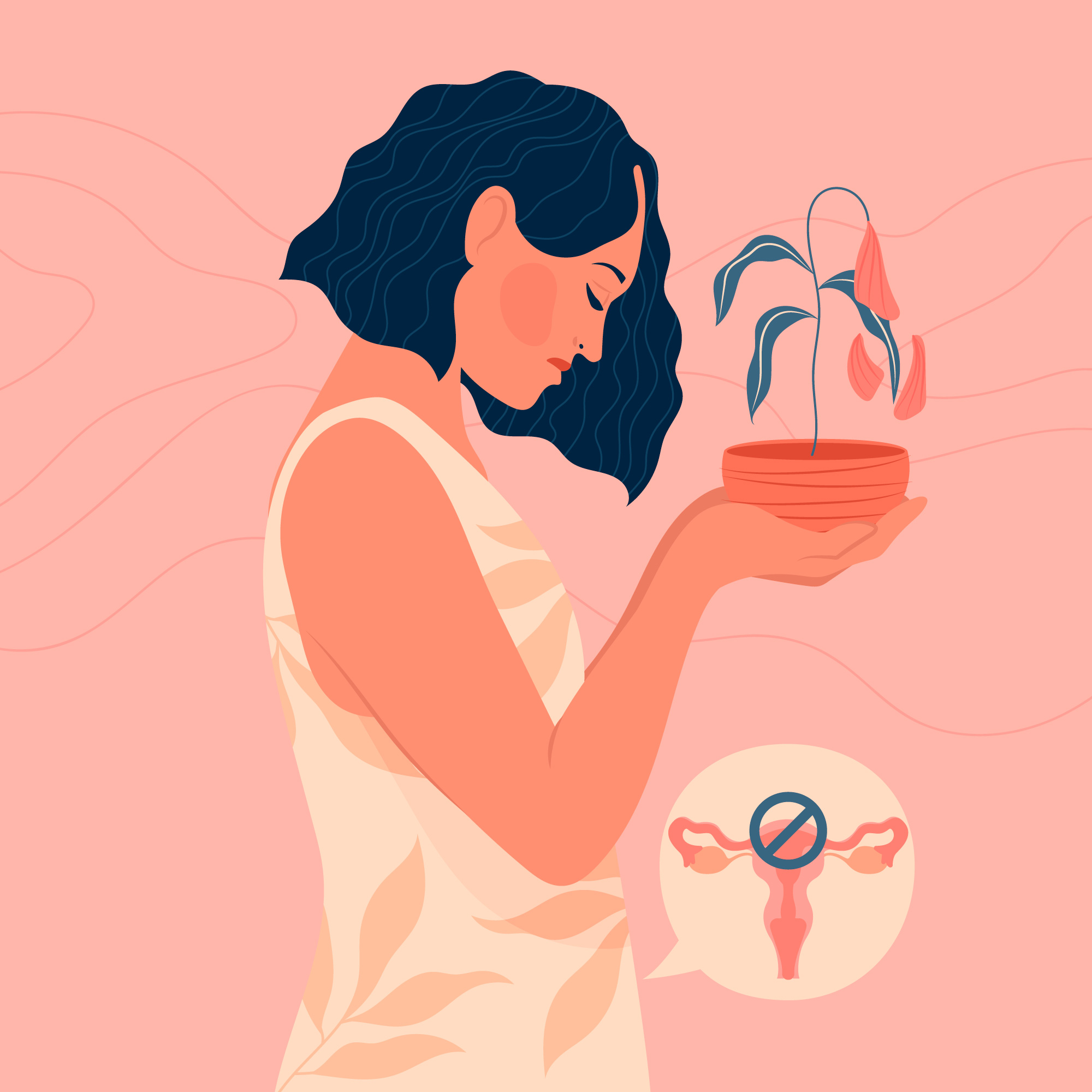
Dust Allergy: What You Need to Know
Introduction:
Dust allergy is a common condition that affects people of all ages, including Indians. It is caused by an allergic reaction to tiny bugs called dust mites, which live in dust and in places like your bedding, furniture, and carpet.
When you come into contact with dust mites, your immune system overreacts and releases chemicals that cause allergy symptoms.
Symptoms of Dust Allergy:
The most common symptoms of dust allergy include:
- Sneezing
- Runny nose
- Itchy eyes
- Cough
- Wheezing
- Tightness in the chest
- Fatigue
- Headaches
Causes of Dust Allergy:
Dust mites are the most common cause of dust allergy. They are tiny bugs that live in dust and in places like your bedding, furniture, and carpet. Dust mites feed on dead skin cells, and their droppings are what cause allergic reactions.
Other possible causes of dust allergy include:
- Mold
- Animal dander
- Pollen
- Certain foods
- Medications
Treatment for Dust Allergy:
There is no cure for dust allergy, but there are treatments that can help relieve symptoms. These treatments include:
- Over-the-counter medications, such as antihistamines and decongestants
- Prescription medications, such as nasal steroids and immunotherapy
- Lifestyle changes, such as avoiding dust mites and other allergens
Prevention of Dust Allergy:
There are a few things you can do to help prevent dust allergy:
- Keep your home clean and dust-free.
- Use allergen-proof bed covers.
- Wash your bedding weekly in hot water.
- Keep humidity levels low in your home.
buy stendra online http://healthdirectionsinc.com/images/gif/stendra.html no prescription pharmacy
- Avoid carpets and upholstered furniture.
- Vacuum regularly and use a HEPA filter.
- Keep your pets clean and groomed.
Conclusion:
Dust allergy is a common condition that can cause a variety of uncomfortable symptoms. However, there are treatments available that can help relieve symptoms and improve your quality of life. If you think you may have dust allergy, talk to your doctor to get a diagnosis and discuss treatment options.
I hope this article has helped you understand endometriosis better. You can consult a doctor for more information


